Top Enterprise Project Management Software in 2025 Built for Big Teams and Bigger Goals
Managing large teams or cross-functional projects can easily become overwhelming. This is where enterprise project management software shines, ensuring seamless operation without turning your day into a checklist marathon. Finding the right software isn’t just about features; it’s about selecting a system that integrates well with your existing tools and simplifies processes for your team.
The Best Enterprise Project Management Software in 2025
ClickUp
ClickUp continues to lead in 2025, primarily because it adapts to various workflows without imposing a rigid structure. Departments can choose their preferred setup—boards, timelines, docs, goals—while remaining integrated within a single system. This flexibility allows different teams, such as design and development, to work in their preferred styles while maintaining cohesion. ClickUp excels in handling OKRs and long-term planning, areas often neglected by other tools.
Teams appreciate how ClickUp mitigates disorganization. All elements are interconnected—tasks within docs, real-time updates, and intentionally designed reminders. For large teams struggling to track assignments, ClickUp offers a significant advantage.
Wrike
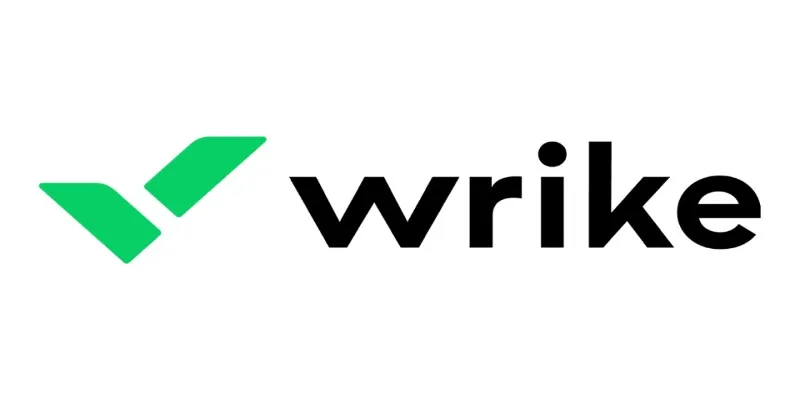
Wrike is tailored for enterprise use, emphasizing automation and visibility. In 2025, it provides robust dashboards that don’t require extensive setup, and managers can view cross-project timelines with ease.
Wrike excels in handling requests. If your team frequently receives design changes, marketing requests, or last-minute tasks, Wrike streamlines these processes. Forms standardize requests, tasks are auto-assigned, and chaos is minimized.
The built-in proofing and approval system is another highlight, eliminating the need for endless email threads by centralizing feedback within tasks.
Smartsheet
Smartsheet remains a reliable choice, especially for teams accustomed to spreadsheets. Its grid interface simplifies onboarding, crucial for rapidly growing or evolving teams.
In 2025, Smartsheet enhances its automation capabilities, enabling workflows that send reminders, update task owners, and change statuses automatically. This hands-off control benefits enterprise teams by reducing micromanagement.
Smartsheet’s integration with platforms like Microsoft Teams and Salesforce is invaluable for managing client-facing projects or tracking internal budgets.
Teamwork
Teamwork, often favored by agencies, is equally effective for large enterprises. Designed with client work in mind, it adeptly manages external deliverables and internal tasks simultaneously, keeping everything organized yet connected.
In 2025, Teamwork’s standout feature is its billing and time tracking capabilities. By linking these to projects, teams not only manage tasks but also monitor billable hours. This is essential for enterprises needing to report costs or justify time expenditures.
Planview
Planview is crafted specifically for enterprise needs, focusing on strategy alignment and resource management—critical elements often overlooked in project execution.
In 2025, Planview excels in project portfolio management, providing leaders with insights into project effectiveness and resource allocation. This clarity accelerates decision-making, particularly when projects overlap.
Planview’s capacity planning feature is crucial for teams sharing resources or specialists spanning multiple projects, clearly indicating availability and bookings.
Asana
Asana remains relevant in enterprise project management for its simplicity without sacrificing depth. Ideal for organizations desiring robust visual tracking without complex setups, Asana’s timelines, dependencies, and progress updates are intuitive, even for large teams.
In 2025, Asana enhances its reporting tools, simplifying progress tracking for stakeholders. Its integration with major platforms prevents ecosystem lock-in.
Asana’s strength lies in its clarity—tasks are easily followed, updates are straightforward, and its mobile app is notably effective, a rarity among platforms.
Workzone
Though less publicized, Workzone is designed for serious project management. It prioritizes structured project plans, clear task assignments, and team synchronization without overwhelming users with features.
Workzone offers sufficient flexibility for adjustments without complicating tasks, making it ideal for departments managing ongoing work with tight deadlines.
Basecamp

Basecamp takes a unique approach, emphasizing communication over micromanagement. For enterprise teams, especially remote ones, this focus on discussion rather than dashboards is beneficial. In 2025, Basecamp remains a preferred choice for teams valuing communication over features.
Basecamp consolidates message boards, to-dos, schedules, and documents, providing a central hub for team alignment without advanced project features. For companies avoiding endless meetings or Slack fatigue, this is a relief.
Zoho Projects
Part of the broader Zoho suite, Zoho Projects connects project management with other business functions like CRM, invoicing, and HR. This integration is advantageous for enterprise users.
In 2025, Zoho Projects remains affordable without compromising features. It offers Gantt charts, timesheets, and automation, scaling effectively from small to large teams.
Final Thoughts
Enterprise project management doesn’t have to be chaotic. The best tools in 2025 focus on practicality, aiding teams in achieving their goals. They offer managers a macro view while allowing team members to concentrate on critical tasks.
When choosing a tool, consider your team’s specific needs—be it clearer reporting, faster onboarding, or a user-friendly system. The right tool will naturally align with your workflow, simplifying your processes.
Related Articles
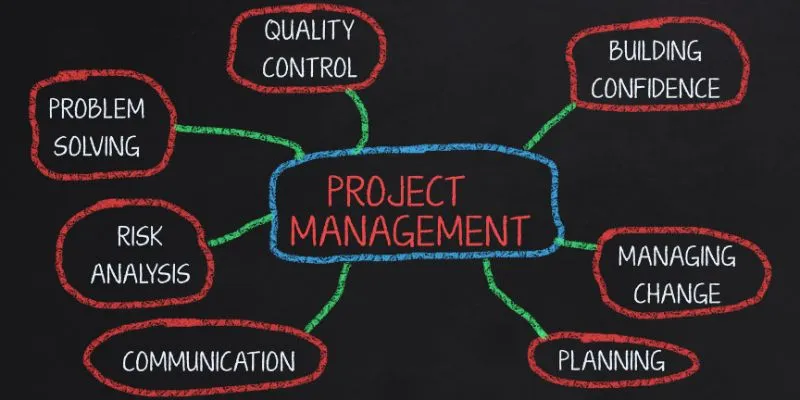
Best Project Management Software for Small Businesses: A Comprehensive Guide
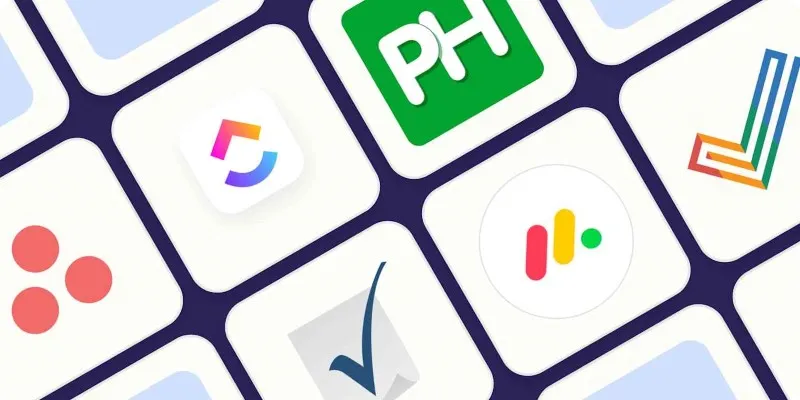
Discover the Best Enterprise Project Management Software in 2025 to Keep Everything on Track
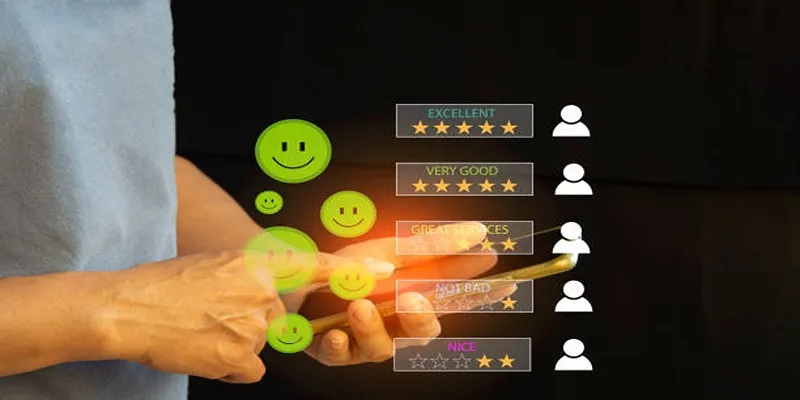
10 Leading Usersnap Substitutes for Enhanced Collaboration

12 Essential Software Solutions for Efficient Issue Tracking

Discover the 6 Best Employee Management Software and Apps for 2025
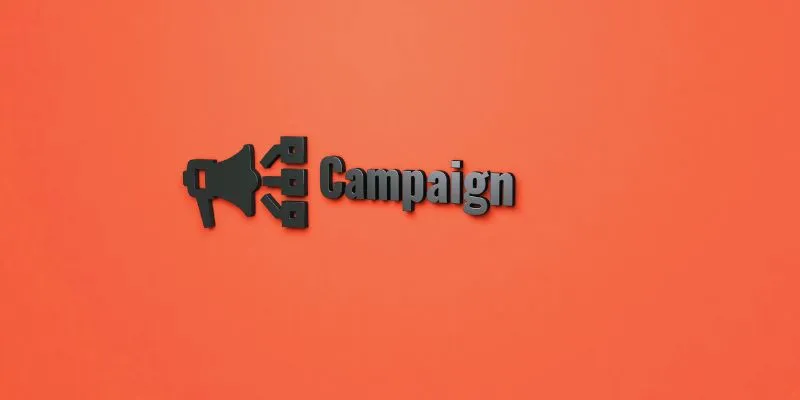
The 13 Best Campaign Management Software Tools to Streamline Your Marketing
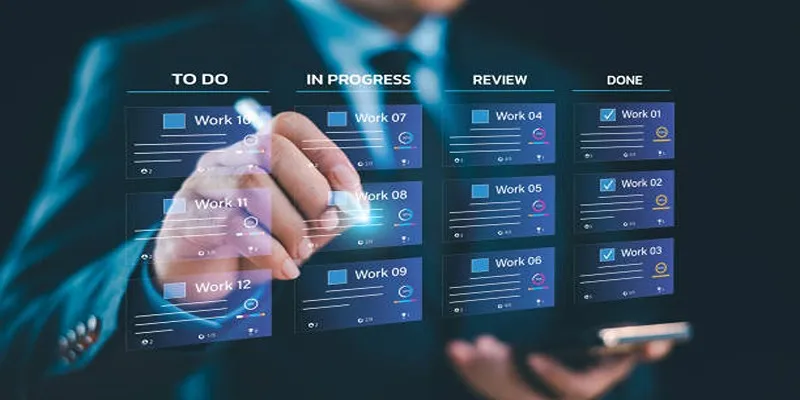
Trello vs. Jira: Choosing the Best Tool for Your Projects
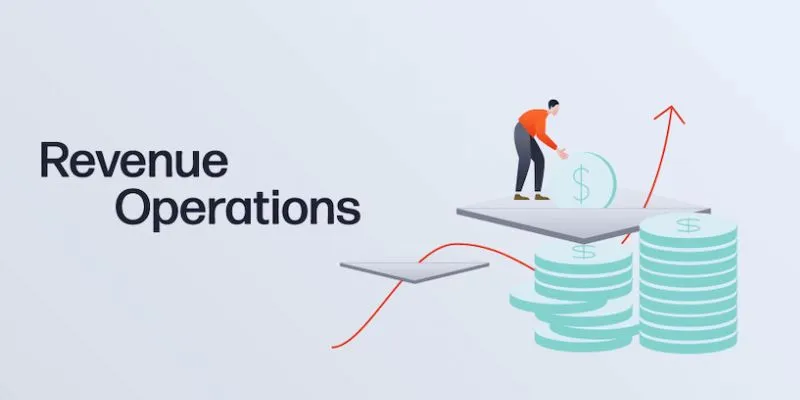
Smartsheet vs. Asana: Which Project Management App is Right for You?
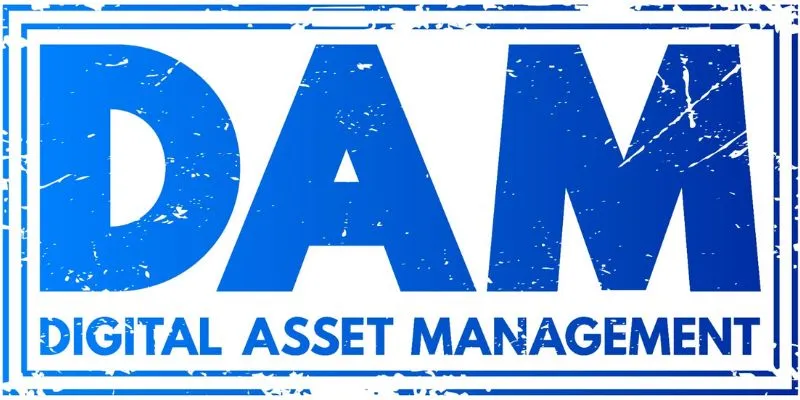
Explore the Best DAM Software Options for Effective Digital Content Management
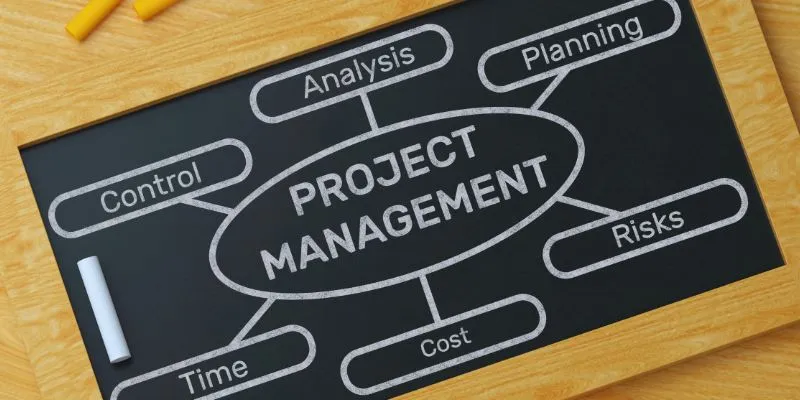
Streamline Your Workflow: 6 Effective Ways to Automate Project Management

The Best Team Collaboration Tools in 2025: Revolutionize Your Workflow

The 9 Best Gantt Chart Software Tools to Streamline Your Projects
Popular Articles

The 6 Best Payment Processing Platforms in 2025 for Smooth, Secure Transactions
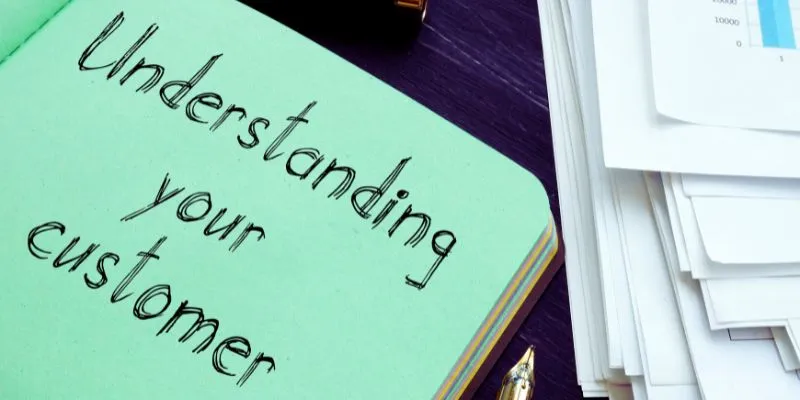
Maximize Your Customer Understanding with User Personas: A Powerful Tool

Your Guide to Facebook Automation: Save Time & Boost Engagement

OKR vs. KPI: Understanding the Differences and Using Them Together

Turn iPhone Live Photos into Shareable Videos

How To Achieve Your Fundraising Goals Using Donately
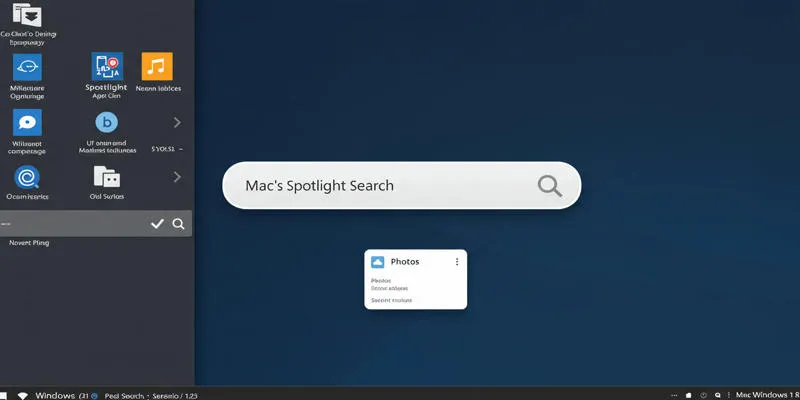
Use PowerToys Run to Mimic Mac's Spotlight in Windows
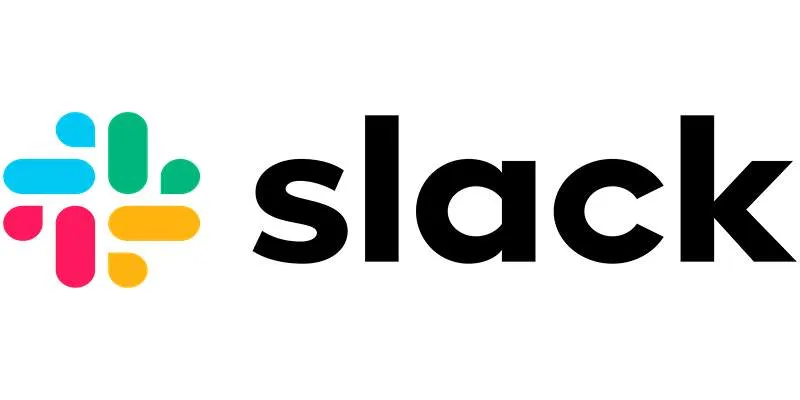
How to Fix Slack Lag and Speed Up Notifications Effectively

How to Simplify Marketing: The 12 Best AI Tools for Social Media Management
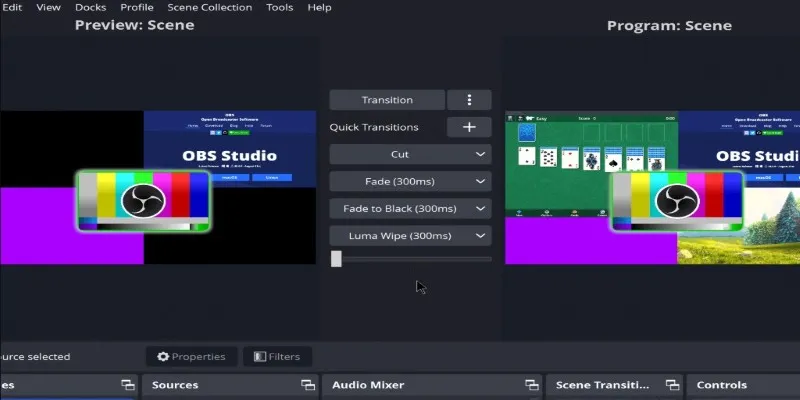
Adobe Premiere Rush on Desktop: Where Simple Editing Meets Smart Design
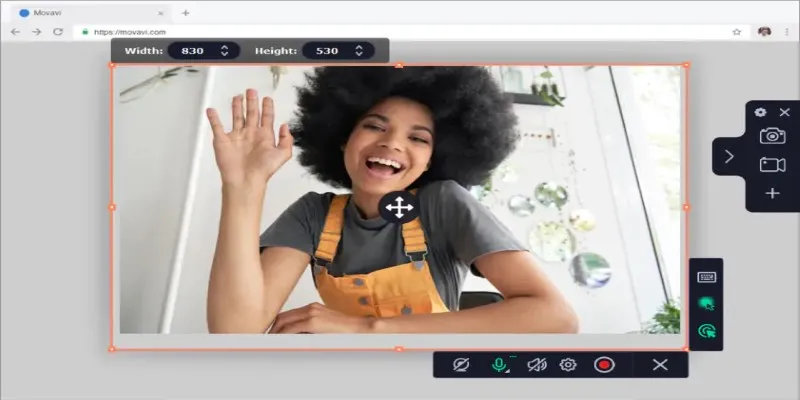
 mww2
mww2